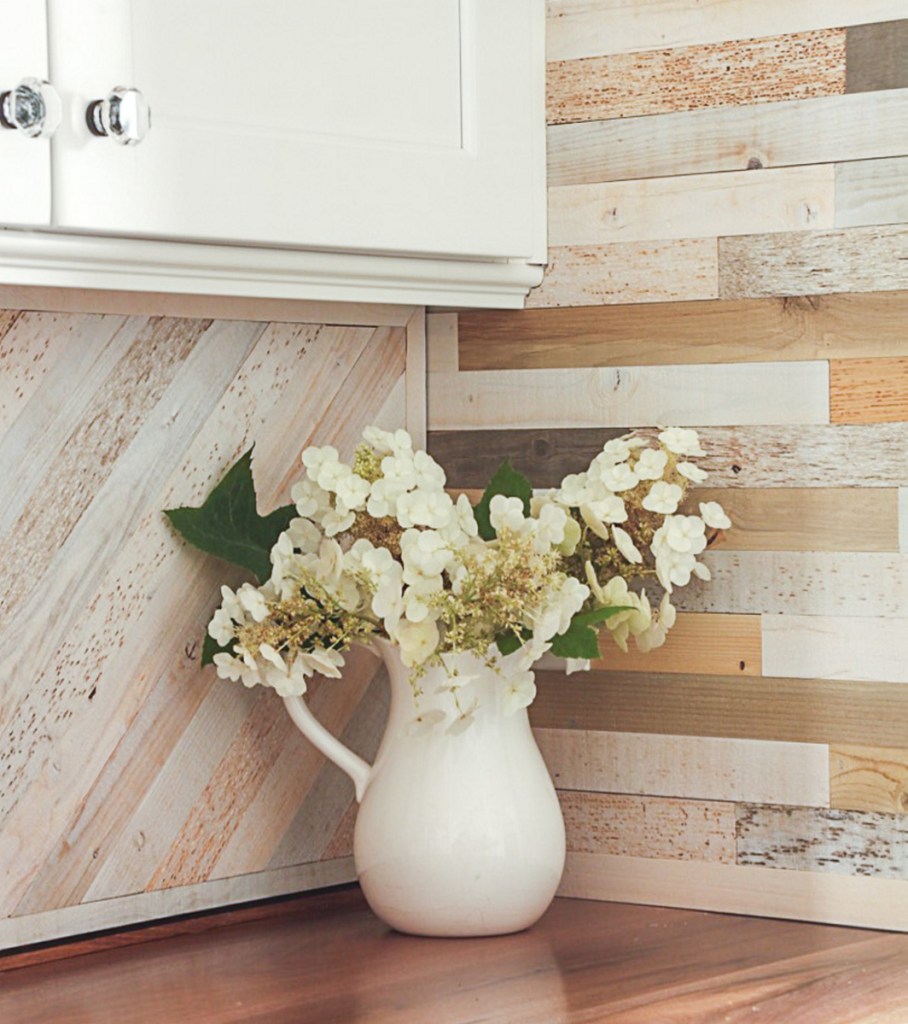In 1898, Great Northern Paper Co. clear-cut 600 acres around the 400-acre Quakish Lake, near Millinocket. The company then built a dam and flooded the clear-cut area so any spruce, fir or hemlock they harvested could be easily transported to their new mill.
“Every spring, they floated this wood into the lake,” said Tom Shafer, owner of Timberchic in Millinocket. “It sat there all summer long and was used as needed to make paper. And every once in a while, some of that wood would sink.” The paper company lost 3 percent to 4 percent of their lumber every year, Shafer said.
Fast forward 120 years, and Shafer and Timberchic – founded a year and a half ago as a division of Maine Heritage Timber – are reclaiming that wood for people who want to add a North Woods accent to their homes. Using an excavator, barges and a crane, the company collects the sunken lumber and then transforms it into very thin, pre-stained, peel-and-stick panels that can be used to “wallpaper” a room. The peel-and-stick tape on the back of the wood is the same kind that’s used to hold in windows in office buildings and skyscrapers, Shafer said; it gets stronger over time.
The wood panels come in different colors and textures, depending on how long the timber was underwater and whether or not it was buried in mud. “Time and nature just add these really unique patinas,” Shafer said.
The Timberchic wood sells for $11-$13 per square foot and can be found online through Timberchic.com, Wayfair, Home Depot, and a couple of regional e-commerce sites. Shafer said the company is planning a big push this year to get the wood into brick-and-mortar home decor and kitchen and bath stores so people can view and touch the product.
Since the Quakish Lake reclaimed wood is, obviously, a limited resource, Timberchic uses blade saws that allow for little waste and improved yield. Still, the company is years away from recovering all the lumber at the bottom of the lake. A bathymetric survey has shown that the lake may hold as much as one million cords of wood, the equivalent of 300 million square feet. Shafer says the company won’t run out of wood in his lifetime.
— MEREDITH GOAD
Send questions/comments to the editors.


